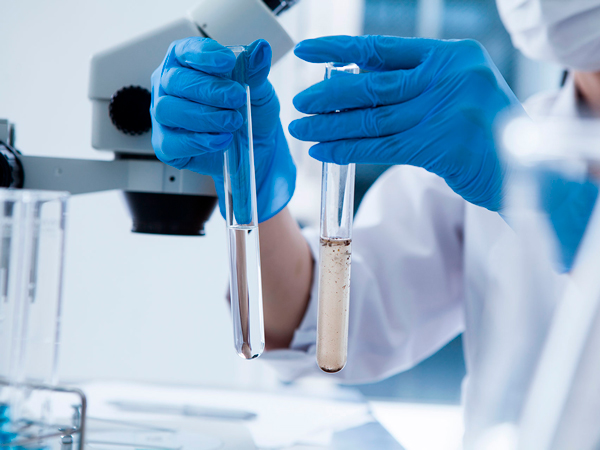Your cart is currently empty!
Qué es Labocheck
Labocheck le ayuda a conocer la calidad del agua que consume o utiliza.
Seleccione el tipo de análisis de agua más adecuado para sus necesidades y Labocheck se encarga de hacerle llegar los envases, recoger su muestra, analizarla y enviarle los resultados y recomendaciones de manera rápida y sencilla.
Los análisis de aguas son realizados por laboratorios de análisis, de reconocido prestigio y acreditados por la ENTIDAD NACIONAL DE ACREDITACION (ENAC).
¿Necesitas ayuda? Llámanos: 902 104 120 / 964 253 954.


